Massive volunteer tomato bush - save seeds?
jacqueline9CA
last year
Featured Answer
Comments (19)
Mischievous Magpie (CO 5b)
last yeardaninthedirt (USDA 9a, HZ9, CentTX, Sunset z30, Cfa)
last yearlast modified: last yearRelated Discussions
saving tomato seeds
Comments (58)Martin, From a strictly technical viewpoint, the aerobic reaction is an oxidation reduction. Oxidation because the sugar is combined with oxygen, reduction because the sugar is reduced to carbon dioxide and water. From this perspective, it is not accurate to refer to the process as "fermentation". Still, given that there are lots of webpages that refer to "aerobic fermentation", there is an argument of common use that can be made. We also know that alcohol is produced and that the only possible way for that to happen is if part of the process is anaerobic. We also know that the liquid is more acid after 5 days of fermenting than it was at the start. The only way for it to increase acidity is through anaerobic fermentation. Please note that I am neither attacking you nor defending Carolyn. My only purpose is to try to get to the truth of this question. I don't care whether the process is aerobic or anaerobic or some combination of the two. I have no axe to grind nor cud to chew. I do care that the process works and that it is fairly easy to do. Yeast does not "break down H2O" Breaking H2O into its components requires a huge energy input. It normally occurs only in chlorophyll containing plants that use the suns energy as a pump to cause that separation. You can do a search for photosynthesis and chlorophyll if you want to see the mechanisms that make this possible. Since yeast does not normally contain chlorophyll, and since yeast is extracting energy, it does not separate water into its components. Re flipflopping, I make it a point to change my opinion promptly and completely when evidence is presented to indicate that I am on the wrong path. I have not flipflopped at all since doing some real research about the process of fermenting tomato seed. Clear evidence including a few references has been presented that many statements you have made are incorrect. Have you changed your position as a result? If not, why? The oxygen barrier in an open fermenter used in producing beer is a layer of carbon dioxide that accumulates above the fermenting vat. A lid is placed over the open fermenter which tends to trap the CO2 that is produced by the yeast. So long as that CO2 layer is minimally disturbed, a very effective oxygen barrier is produced which causes the beer fermentation to be anaerobic. All of the information I have at this point indicates that tomato seed fermenting is composed of an early aerobic process followed by an anaerobic stage. Most important to me is that BOTH stages are required to achieve the desired end result. It doesn't stop there though. There appears to be a bacterial stage after the yeast has run out of sugars to digest. The bacterial stage is the point at which the acidity increases and is the point at which pathogens are probably eliminated from the seed. Fusion...See MoreSaving Tomato Seeds without Fermentation
Comments (42)I use fermentation regardless of batch size. On the drying table right now are 30 little seeds from a variety I found growing by the road. It was one 2 inch round bright red globe - nearly perfectly round. I also just finished packing over 800 Cherokee Purple seeds from one batch. (Trudi!!!?? :>) -) I cut the larger tomatoes into thick slices and using the point of a very sharp knife, carefully cut the seed gel masses away from the meat of the fruit and into a strainer. The strainer is above a container which catches the juice. This allows me to put the remainder of the tomato into the dehydrator. The seeds which are still in the gel mass are then gently scrubbed against the screen of the strainer enough to break up the globs and catch more juice. Breaking up the globs like this, I feel gives the little "microbe critters" a head start, a thinner gel to dissolve, and a much better chance of getting their job done. I also think we have to stir the mixture often during fermentation to further help break up gel around the seeds. Several tap water rinses get rid of all the debris and a 4 to 1 water/bleach rinse followed by more rinsing until I don't smell the bleach finishes the chemistry part. I spread them on a paper plate (cheapest, flimsiest) and after 2 to 3 days take a credit card size piece of plastic and gently loosen the seeds that are still gently stuck to the plate. 2 more days and into small ziplocks and a coin envelope marked with the variety and the date saved. I don't think I care for the TSP or AJAX or Comet or other scouring cleaners. It's because I just don't like even the "possibility" of damaging the seed coat. Having said that, I DON'T KNOW that the grit WILL damage the seed coat, but until time proves differently, I choose to think the possibility is there. Good tomatoes are hard enough to grow. For me, damaged seed coats would be like starting the race with an unnecessary, self-imposed handicap....See MoreCan I save seeds of tomatoes (goose creek) that have been in frig
Comments (33)Jsvand5, I don't know of any commercial source for Goose Creek seeds, but two people listed Goose Creek in the 2008 Seed Savers Exchange Yearbook. If you aren't a member of SSE yet, this would be a very good time to join because the 2009 Yearbook is just now going to the printer and will be out in a month or two. The Yearbook is a very good place to look for varieties that you can't find anywhere else, as many members list those for which they have enough seeds to offer. Laurel, there was never any patent granted for Goose Creek, nor will there be. Jimmy Williams applied for a patent on November 11, 2004 but it was never granted. Goose Creek was not "invented" by Jimmy Williams, and as noted above, the stages of ripeness described for Goose Creek are not unique to Goose Creek. Jimmy Williams can apply for a patent if he wishes but he won't get one. The United States Patent and Trademark Office has a public web page at http://patft.uspto.gov/ where anyone can look up patent applications as well as the patents that have been granted, and you will see that there is an application but it has NOT been granted. Anyone who wants to can go to the web page and verify this for themselves. Here is a link that might be useful: 2008 SSE Yearbook...See MoreMilkweeds (Butterfly Bush) seeding today - Save them and the Monarchs!
Comments (14)OK, here's the update. I took the dog out for an hour this morning. When I left, the caterpillar was hanging upside down in a "J" shape. When I returned he had gone into the pupa stage; it happened in one hour! I was astonished. It's a beautiful nearly iridescent green. Research tells me this phase takes 10 days. I took the paper off the top of the vase (which was there before to keep it from crawling out) and set the vase outside in the shade which seems the most natural environment for it....See Moreraee_gw zone 5b-6a Ohio
last yearjacqueline9CA
last yearMischievous Magpie (CO 5b)
last yearerasmus_gw
last yeardaninthedirt (USDA 9a, HZ9, CentTX, Sunset z30, Cfa)
last yearlast modified: last yearraee_gw zone 5b-6a Ohio
last yearlast modified: last yearerasmus_gw
last yearjacqueline9CA
last yearSherry8aNorthAL
last yeardaninthedirt (USDA 9a, HZ9, CentTX, Sunset z30, Cfa)
last yearlast modified: last yearSherry8aNorthAL
last yearraee_gw zone 5b-6a Ohio
last yeardaninthedirt (USDA 9a, HZ9, CentTX, Sunset z30, Cfa)
last yearlast modified: last yearHighColdDesert
last yearSteve_M in PA
last yearlast modified: last yearjacqueline9CA
last year
Related Stories
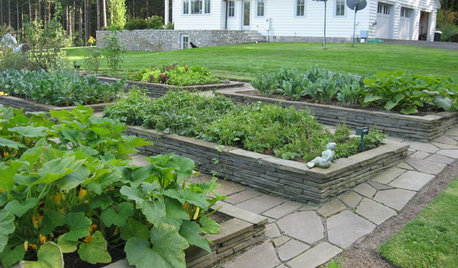
LANDSCAPE DESIGNThese 4 Planting Strategies Can Save You Money
Use seeds, plugs and more to keep costs down as you fill out your garden
Full Story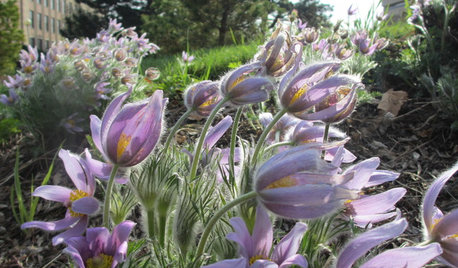
GARDENING GUIDES6 Plants That Beat Butterfly Bush for the Wildlife Draw
It's invasive, a nonnative and a poor insect magnet. Check out these better alternatives to butterfly bush in the garden
Full Story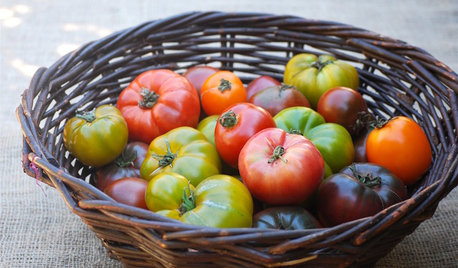
EDIBLE GARDENS10 Delicious Heirloom Tomatoes to Grow This Summer
Irresistible heirlooms offer outstanding flavor and variety. Choose from a rainbow of colors in all shapes and sizes
Full Story
LANDSCAPE DESIGNGet Along With Less Lawn — Ideas to Save Water and Effort
Ditch the mower and lower your water bill while creating a feast for the eyes with diverse plantings and gathering places
Full Story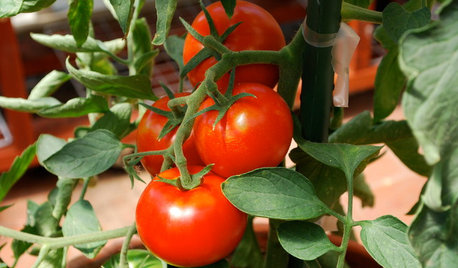
GARDENING 101How to Grow Tomatoes in Pots
Don’t have much space for a garden? All you need is a sunny spot and a large container to grow this favorite summer crop
Full Story
LIFESlow Down and Ease Up: A Sanity-Saving Approach to Life
Why not take the pressure off and live a little more consciously in 2017? The challenging goals can wait
Full Story
WINTER GARDENINGHow to Save Your Plants From Frost
Protect tender shrubs, perennials, succulents and citrus trees with these simple tricks
Full Story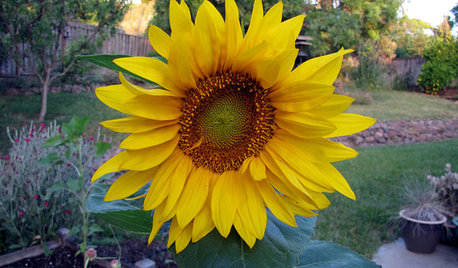
MOST POPULARSummer Crops: How to Grow Sunflowers
Savor snack-tastic sunflower seeds once the radiant blooms have faded — if the birds have saved you any, that is
Full Story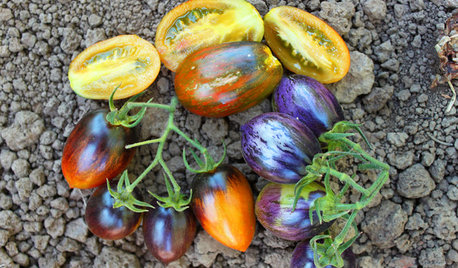
EDIBLE GARDENSOpen Up a World of Color and Flavor With These 10 Edible Plants
Jewel-toned corn, tie-dyed tomatoes, purple broccoli? Expand your horizons with heirloom varieties
Full Story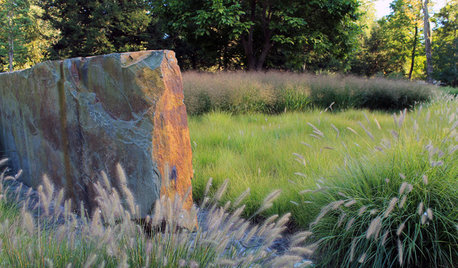
EARTH DAYThe Case for Losing the Traditional Lawn
Work less, help the environment and foster connections by just saying no to typical turf
Full Story



sautesmom Sacramento